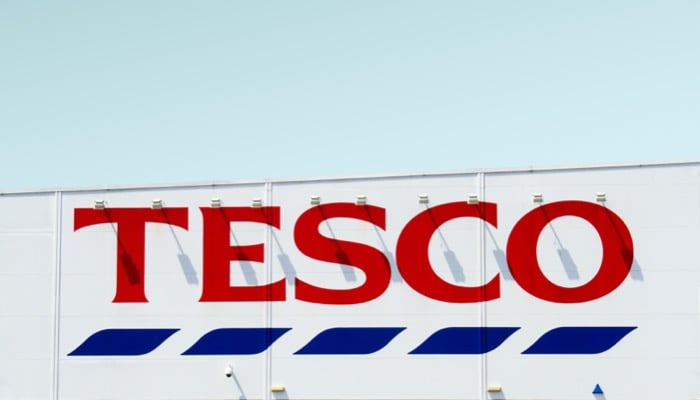
Few sectors have escaped the attention of cyber-criminals, with airlines, banks, universities, local authorities, utilities and tech giants such as Microsoft all having faced attacks on their computer systems.
During the outage buyers were unable to track deliveries and order goods, an issue which according to Downdetector began early on Saturday morning. It was however only on Sunday night, that the extent of the problem, if it was nationwide or only in certain areas of the UK, was confirmed.
During the outage shoppers could not track or purchase items, nor change or cancel their deliveries. Tesco's online operations are according to recent financial results unmatched in the UK, with their total sales topping £6bn. They subsequently have a huge amount of customers who depend on their online services, with reportedly 6.6 million users of their app alone.
Many of these users complained about a lack of information and updates during the outage by the retail giant, via email or social media.
Tesco does not believe this outage impacts customer data, and have managed to get their website and app back up and running again. They are temporarily using a "virtual waiting room" on their website and app to manage the high volume of traffic.
This comes as Tesco's online sales have soared during lockdown, with the supermarket increasing its capacity.
Tesco has faced previous hacks. In 2014 about 2,000 customer accounts were deactivated amid fears login details were compromised, and there was also a cyber attack on the supermarket's bank arm.
What this situation highlights is that customers not only expect outages to be short-lived, but for updates and information about the situation to be given to them quickly. If your organisation ends up facing an outage, the reaction from your customers is likely to be the same.
Meaning it's critical you develop a rock-solid contingency plan to cope with cybersecurity issues which factors in this need to update and adequately inform customers.

%20(Facebook%20Post)%20(1200%20%C3%97%20628px)-5.png?width=420&height=252&name=Byte%20Size%20(1000%20%C3%97%20700px)%20(Facebook%20Post)%20(1200%20%C3%97%20628px)-5.png)



